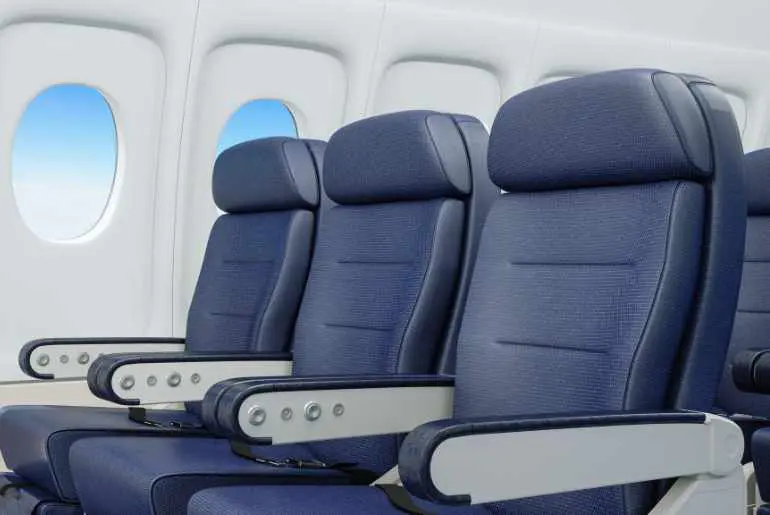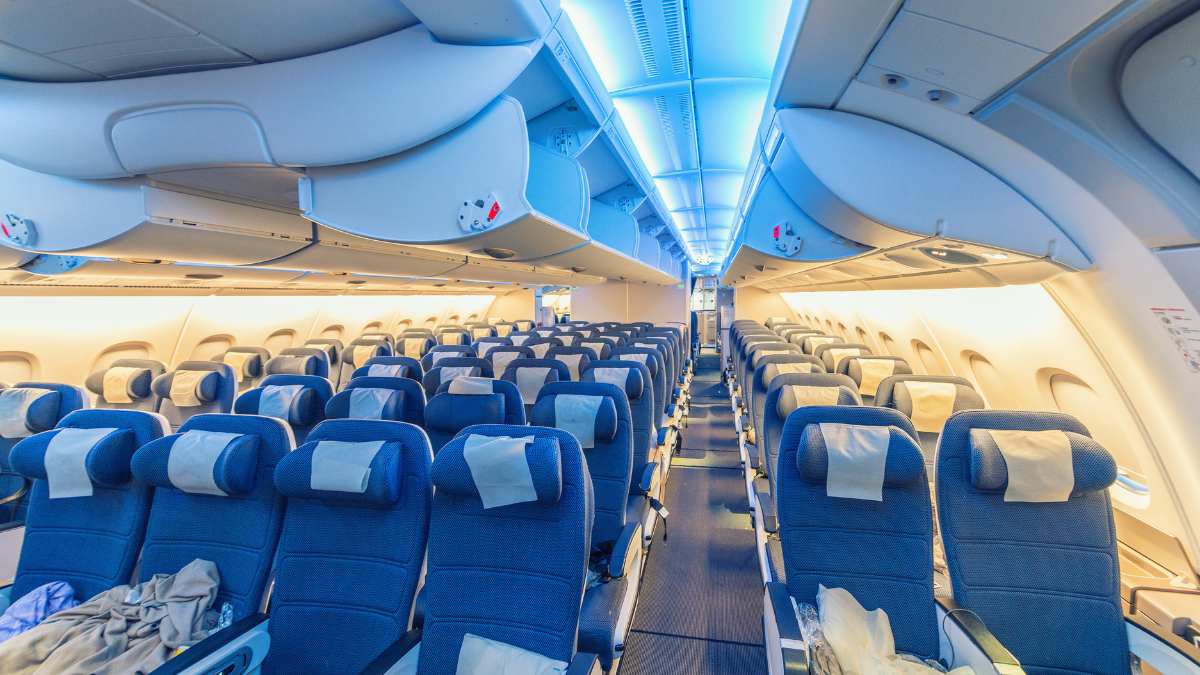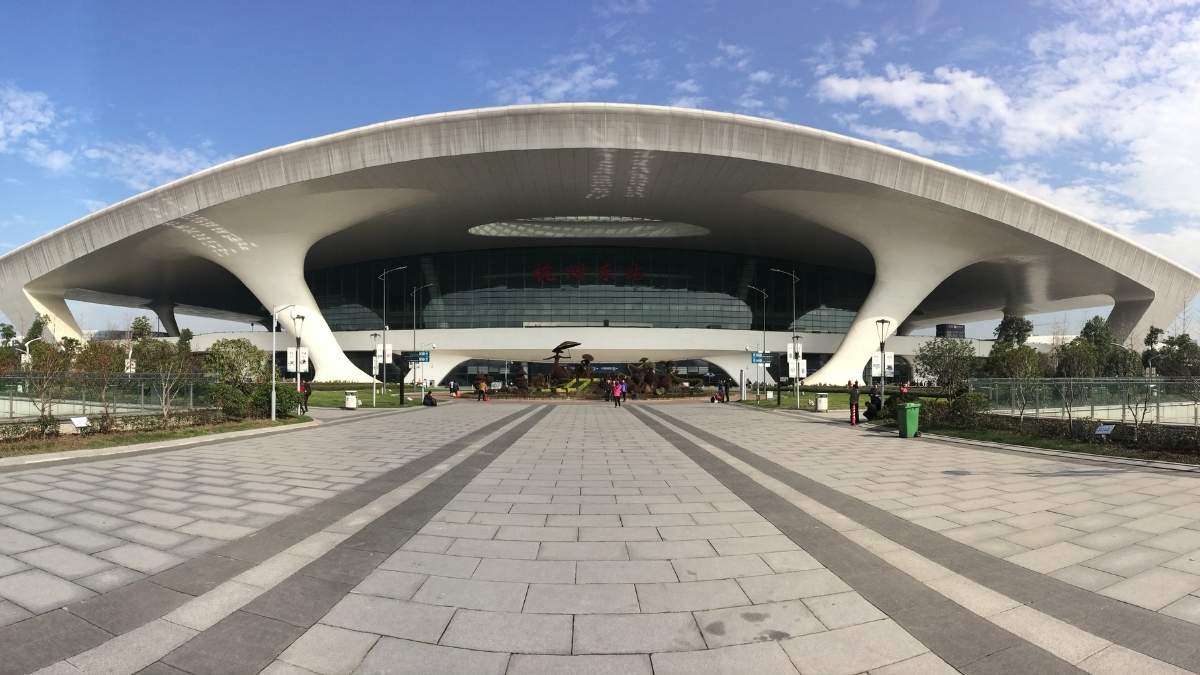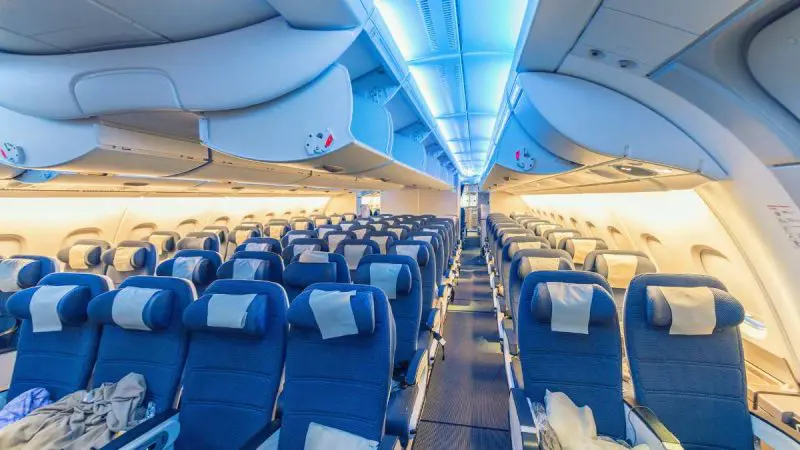Following the heartbreaking tragedy of an Air India plane crashing in Ahmedabad, Gujarat, mere 30 seconds after takeoff, the cause of the accident is still unknown. 242 passengers were onboard, including two pilots and 10 cabin crew staff. Unfortunately, the plane’s crash into a medical school hostel in Ahmedabad claimed 241 lives, with a lone, miraculous survivor seated in 11A, by the emergency exit. As the incident has reignited debate on the safest airline seats, here’s what aviation experts across the world weigh in.
11A Seat On Boeing 787 Dreamliner Is The Most Disliked Seat
Air India-London bound flight’s sole survivor, Vishwash Kumar Ramesh, a British national, was seated in the exit-row seat 11A. When the Boeing 787 Dreamliner went down, just 30 seconds after takeoff, Vishwash stated to news agencies that he had no idea how he survived. The British-Indian citizen recollected waking up to bodies and rubble, and instantly getting off the emergency door of the wrecked plane and limping his way out, where he was quickly tugged by people and led into an ambulance for timely medical help.
Ironically, many flight attendants and aviation experts in the past have called seats 11A and 11F on Boeing 737 planes the “most disliked ones.” A Flight Radar 24 expert revealed that passengers usually avoid booking these seats as they are windowless. American Airlines’ flight attendants told The Sun that since the above-mentioned seats are situated in the middle of the plane, it becomes tough for passengers to exit the plane quickly, apart from not getting any views. Reasons enough, they are the most disliked seats.
Rear Cabin Seats Safer As Per Data

A report by Statista.com collated and analysed data of 20 plane crashes in the USA since 1971. In these plane crashes, there were fatalities and survivors. The data analysed the survivor rates in commercial jet crashes by seat positions. As per the data from 20 crashes, passengers seated in the rear cabin had a 69% survival rate; over the wing, 56%; those seated ahead of the wing, 56%; and first and business class passengers had the highest chance of fatality and the lowest survival rate, of 49%. So, safest airline seats, as per Statista.com, are the ones situated at the rear end of a plane.
Also Read: How Safe Are Boeing 787 Dreamliner Jets, The Same Model That Was Involved In Ahmedabad Plane Crash?
Middle Seat vs Aisle vs Window

A report by Australian Aviation shed light on an aviation investigation by TIME magazine. Aviation accident data from 35 years shows that the safest seats in an aircraft are actually the least popular ones amongst passengers. Professor of aviation at Central Queensland University, Doug Drury, conducted this aviation study. And his findings revealed the safest airline seats to be the middle seats of a plane located in the rear part of an aircraft. People sitting in the middle seats in the rear of the aircraft had a fatality rate of 28%. Those seated in the aisle seats in the middle third of an aircraft had a 44% fatality rate.
Those in middle seats in the rear third of the aircraft had a fatality rate of only 28 per cent, whilst those in aisle seats in the middle third of an aircraft were at the greatest risk, with a 44 per cent fatality rate. As per Drury, the middle seats are safer than both aisle and window seats. He attributes this to the buffer provided by passengers seated on both sides. But the investigation pointed out that passengers seated near the emergency escape door are at a greater risk.
While it can help them escape faster in case of an emergency, if there is a fire, it may not help. While aisle seats provide opportunities for a fast evacuation, middle seats can cushion the blow, while window seats can slow down evacuation during a fire.
Seats Near Wings: A Double-Edged Sword
A TOI report mentions that Cheng-Lung Wu, a University of New South Wales professor that airline seats near the wings could be beneficial as they are located closer to emergency exits. So, it increases a passenger’s chances of escaping to safety. However, as seats near the wings sit above the fuel tanks, they are dangerous. This poses a fire risk in case a plane crashes.
But, in the case of a nose-dive accident, Drury states to Australian Aviation that no seat is safe. But if a level landing accident happens, passengers seated at the back have a higher chance of survival. The aviation expert concludes that the physics of an airline accident differs each time, which means the safest airline seats in that situation also differ.
Cover Image Courtesy: Canva Pro/ Gagliardi
For more such snackable content, interesting discoveries and the latest updates on food, travel and experiences in your city, download the Curly Tales App. Download HERE. First Published: June 13, 2025 12:08 PM




